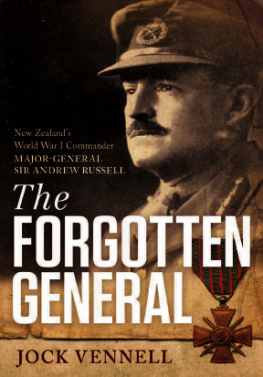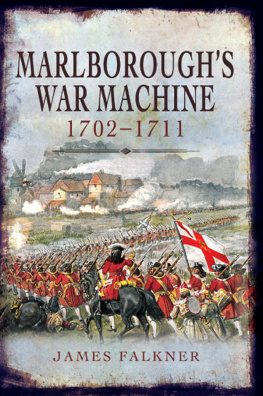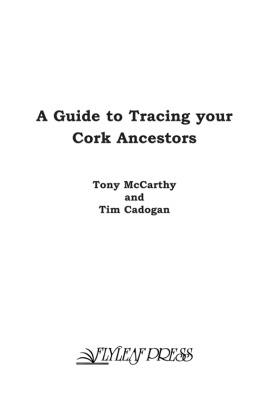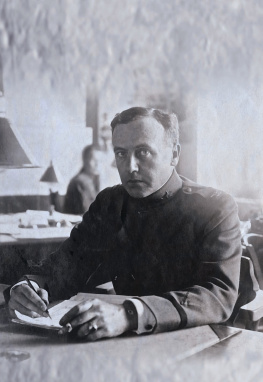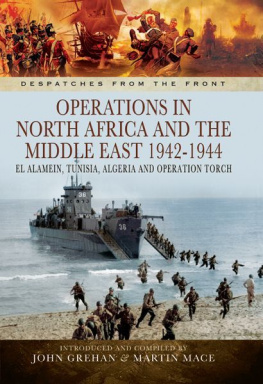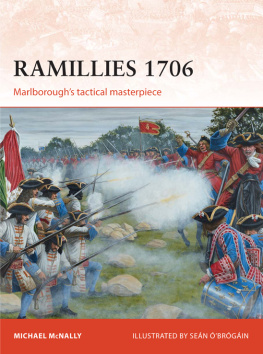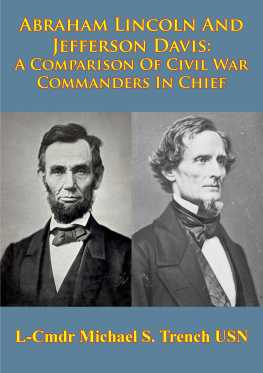by the same author:
Biography
Captain-General and Rebel Chief; The Life of James Duke of
Monmouth (1979)
Lionel Edwards, Master of the Sporting Scene (1986)
Millais: Three Generations in Nature, Art and Sport (1990)
Blue and Scarlet: an Autobiography (1990)
Regimental Studies
Sefton: The Story of a Cavalry Horse (1983)
The Story of the Blues and Royals: Royal Horse Guards and 1st Dragoons (1993)
Through Fifteen Reigns: A Complete History of the Household
Cavalry (1997)
Guardsmen of the Sky: An Account of the Involvement of Household
Troops in the Airborne Forces (1997)
Polo
The World of Polo: Past and Present (1986)
A Concise Guide to Polo (1989)
Hanut: Prince of Polo Players (1995)
Equestrian and Field Sports
The Book of Foxhunting (1997)
Victorian and Edwardian Field Sports from Old Photographs (1978)
British and Irish Hunts and Huntsmen, Vol I (1982)
British and Irish Hunts and Huntsmen, Vol II (1983)
British and Irish Hunts and Huntsmen, Vol III (1987)
Collecting Sporting Art (1988)
A Concise Guide to Hunting (1988)
Horse and Carriage: The Pageant of Hyde Park (1990)
The Green Guide to Field Sports (1991)
Fiction
Gannet: The Story of a Terrier (1990)
Puffin at the Cabin (1994)
House History
Dorneywood (1993)
Anthology
The World's Greatest Horse Stories (1979)
The World's Greatest Dog Stories (1985)
First published in Great Britain 2003 by
LEO COOPER
an imprint of Pen & Sword Books Ltd
47 Church Street,
Barnsley,
South Yorkshire, S70 2AS
Copyright 2003 by J. N. P. Watson
ISBN 1 84415 008 9
ISBN 9781783400423 (epub)
ISBN 9781783400164 (prc)
A catalogue record for this book is available
from the British Library
Typeset in Original Garamond by
Phoenix Typesetting, Burley-in-Wharfedale,
Ilkley, West Yorkshire
Printed in England by
CPI UK.
Introduction
Military historians and other biographers of the great Duke of Marlborough have portrayed William Cadogan as simply the big bluff Irishman who handled his chief's commissariat during the War of the Spanish Succession. But Cadogan's bluffness hid a restless energy, a subtle intelligence, a quicksilver mind and great practical ability. Nor was he really an Irishman, despite the fact that he came from Dublin, for both his parents were of Welsh extraction.
It is true that Marlborough having first recognized the young officer's outstanding courage, administrative ability and flair for leadership since seeing him in action at the siege of Cork, aged 18, in 1690 had him promoted, nine years later, to the brevet rank of colonel, to be Quartermaster General of the army of the Grand Alliance. But as Cadogan's other talents emerged with experience, the young man became the Captain General's alter ego. For Marlborough, already in his fifties and suffering from migraines and what he called the spleen, had lost much of the physical energy of his youth. And here was an officer not only of exceptionally high intelligence (and of a rather higher standard of education than Marlborough himself had received), who was not only his equal, in many respects, in terms of capability if not of genius, but who was also of sufficent youthful vigour to lead all those special missions that were imperative to the success of the campaigns. At the same time Cadogan, emulating his chief in every way, served, par excellence, his senior-officer apprenticeship. There were many similarities in their respective personalities.
Given Cadogan's physical courage, quick thinking and capacity for leadership, he frequently found himself at sieges, or in manoeuvre or in open battle allotted vital tasks as a front-line general. His penetrating mind, tenacity of purpose and lively imagination led to his employment as chief of intelligence and master spy, while his tact and charm were well practised in several diplomatic missions. Studying his career during those melodramatic campaigns of 17011711, one can scarcely help being astonished at this young officer's facility for fulfilling his myriad duties, often with the minimum of sleep. Queen Anne's Captain General would trust none other than Cadogan with those tasks.
Marlborough was well known for his avarice (Winston Churchill, in his splendid four-volume biography, was at pains to cover up for his illustrious ancestor). Notwithstanding the Captain General's genius he was blatantly and frequently naive in the manner in which he asked for douceurs or, indeed, took money that was not his to take. Marlborough felt keenly that his (honestly earned) capital was not equal to his grand status. He needed extra funds, too, to complete the building of Blenheim Palace, for he was determined to have a country property that would outmatch any other private house in Britain. There was no doubt that his protg Cadogan, took a leaf out of his chief's book; and, as the Dutch authorities claimed, he was at least as dishonest. He, too, was a family man. He, too, required an income commensurate with his rapidly escalating rank. He, too, needed capital to become a man of estates.
We see this darker side of the so-called bluff and burly Irishman's complex nature, particularly during his period as a member of the four-man government (two Dutchmen, Marlborough and himself) of the southern Netherlands, during the period 17071708, when he was condemned by the Dutch for his arrogant and bullying manner as well for his extortion and corruption. Nor have these aspects of his character been revealed, previously, in any profound study of his life. Marlborough is on record as giving away feelings of guilt by a shifty or diffident demeanour, whereas Cadogan, in the same situation, became more authoritarian and domineering.
There have been countless biographies of Marlborough; but none in depth, of this remarkable man who was the Captain General's right-hand officer during that last war against Louis XIV. Robert Pearman, a chartered surveyor at one time employed by the Cadogan estate, wrote an excellent outline of the general's life, which was commissioned by the 7th Earl Cadogan and published by the Haggerston Press in 1988. My thanks are due to Mr Pearman for his account of Cadogan's family background which I did not personally research. Also for some details of the last decade of Cadogan's life.
I have been fascinated by the Spanish Succession War ever since being required to study the famous 1704 march of the Grand Alliance from the Netherlands to the Danube, for the military history paper of an army promotion exam many years ago. I was amazed then, as I have been since, at the 32-year-old Cadogan's foresight, ingenuity and stamina in organizing the logistics of that marathon.
Following Marlborough's deprivation and self-imposed exile at the end of 1711 Cadogan joined him to be his eyes and ears and man-of-action on the Continent where the great Captain General was planning an invasion of England to forestall (as he imagined) the Tories' attempt to make way for the enthronement of the Jacobite Pretender. And the younger officer's facility for intrigue and espionage were again used to the full until 1714 when George I ascended the throne. Reinstated then, in the rank of lieutenant general, Cadogan commanded the force that finally quelled the 1715 rebellion, and was thus the man who effectively brought the Highlands into the United Kingdom. Being a skilful negotiator and accomplished linguist, and having accumulated considerable diplomatic experience during the war, he was deemed fit to hold senior ambassadorial rank, which he did, between 1715 and 1720, with great aplomb. And, on Marlborough's death, in 1722, the King appointed him Captain General of the army. Cadogan died four years later, at the age of 54. But what a life!


